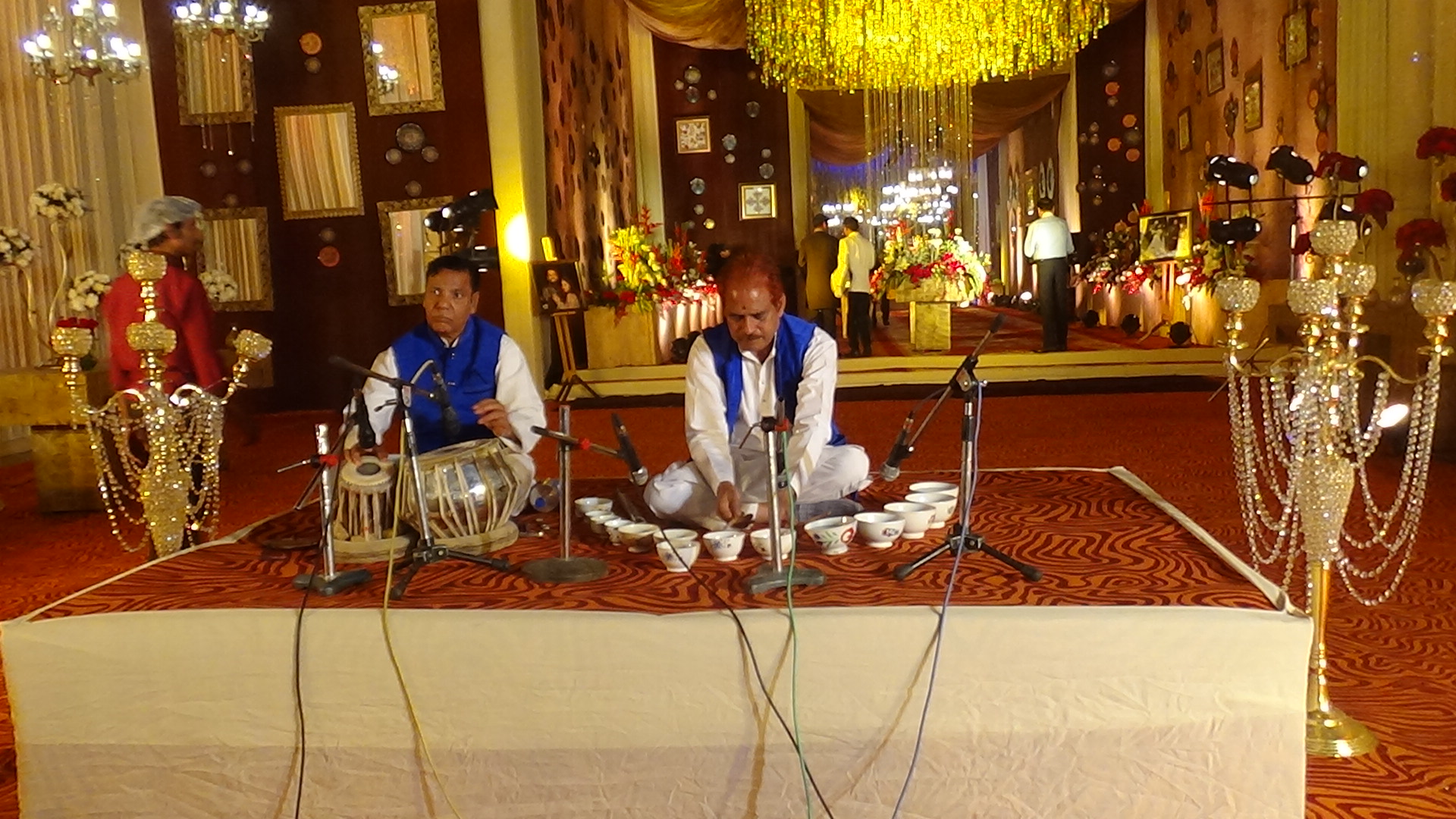\r\n The earliest mention of the Jaltarang is found in 'Vatsyayana's Kamasutra' as playing on musical glasses filled with water. Jal-tarang was also mentioned in the medieval Sangeet Parijaat text, which categorized this instrument under Ghan-Vadya (idiophonic instruments in which sound is produced by striking a surface, also called concussion idiophones.) The SangeetSaar text considers 22 cups to be a complete jal tarang and 15 cups to be one of mediocre status. The cups, of varying sizes, are made of either bronze or porcelain. Jal-tarang was also called jal-yantra in medieval times, and poets of the Krishna cult (also called Ashtachhap poets) have mentioned this instrument.
\r\n\r\n
\r\n\r\n In modern days, it has fallen into obscurity. Literally, jal tarang means 'waves in water', but it indicates motion of sound created or modified with the aid of water. Among wave-instruments, it is the most prominent and ancient. This traditional instrument is used in Indian classical music. Some scholars think that in the ancient period these were in routine use around the eastern border of India.
\r\n\r\n
\r\n\r\n For more info Click Here
\r\n\r\n
\r\n\r\n or call us at +91-9313770610




